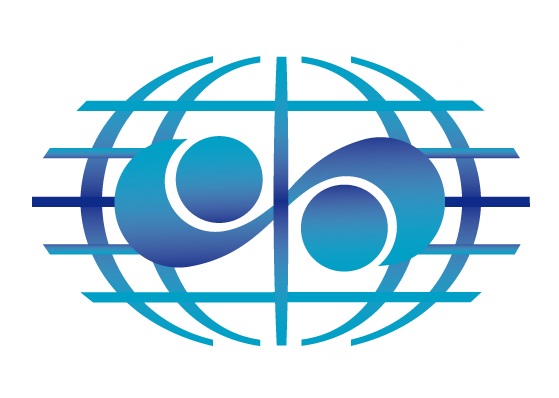Water information systems for transboundary basins
Key points
- The data management difficulties encountered for national IWRM are exacerbated in a context of transboundary water resource management;
- Transboundary platforms should allow sharing comparable data answering to the needs;
- Facilitating data and information exchange between riparian countries helps to build cooperation and trust.
Managing water resources in transboundary basins requires sharing data and information that meets the expectations of stakeholders for various activities: planning, monitoring, and assessment, prevention and alerts, etc.
Unfortunately, the exchange of information and data on a transboundary basin is often difficult, both for structural reasons (when there is no agreement or protocol between the countries to do so), and for technical reasons (difficulties related to information collection, harmonization of data formats, definitions, analysis methods, frequency of data collection, density of monitoring networks and data processing).
As well as standard difficulties (data that is dispersed, heterogeneous, incomplete and rarely comparable), more generally, national authorities may be reluctant to provide neighbouring countries with information that they consider strategic. In addition, the economic value of water used for hydropower, agricultural irrigation and navigation may increase this reluctance.
Information systems are thus key instruments for the development of integrated management of transboundary basins: they are tools designed to facilitate the production and sharing of information expected by stakeholders. Given the situation, their development requires working firstly on institutional, organizational and governance issues, and secondly on technical issues related to the construction of the information system. At the organizational level, it is necessary to have prior confirmation of the political will to work together in order to produce shared information, and then to agree on the governance framework and organize the system’s development in close cooperation with stakeholders to continuously look for “win/win” solutions. At the governance level, the transboundary basin organization, when there is one, is usually in charge of developing the information system. It can also manage the system, and play a facilitator role in working groups established to produce and share information.
From a technical point of view, the information system must be built by seeking above all to facilitate the production and availability of information useful for decision-making. Wherever possible, it should rely on clearly identifying information needs and enhance the national information systems and datasets made available by partners by developing capacities to exchange comparable data and interconnect the partner information systems (interoperability), using common language (concepts/referential dataset) and common procedures.
Working on a transboundary water information system can help to develop cooperation and build trust in shared data and information.


